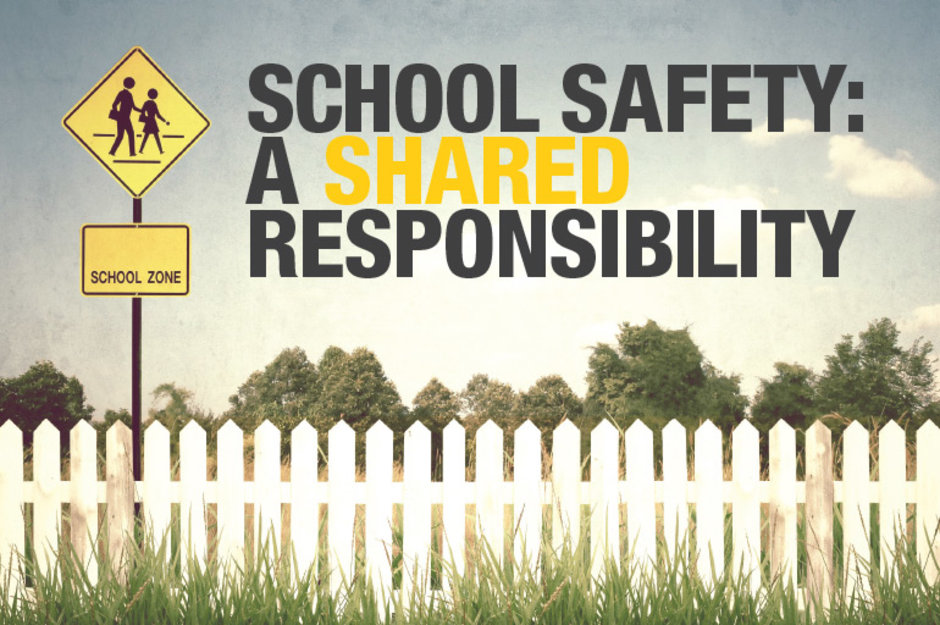
Groundhog Day. We look for a sign: winter coming to a close or continuing for 6 more weeks! Valentine’s Day. We share signs of love and appreciation. Presidents Day.
We recognize our presidents, a sign of our democracy. And robins. Sure signs of spring. Let’s hope we see some soon!
All these ‘signs’ might be a good reminder to check all the signs and signage around your campus – gun free, tobacco free zones, easy to read directional signs – both inside and outside. School rules. Other signs to help staff,
students, and visitors be on their best behavior, help ensure safety, and find their way when at your school.
A School Resource Officer (SRO) is a commissioned law enforcement officer in the state of Washington. An SRO is not a district or school employed security person. An SRO is assigned by the employing police
department or sheriff's office to work in schools to address crime occurring in or around K-12 schools. An SRO is deployed in community-oriented policing, but has sworn authority to make arrests. School resource officers focus on keeping
students out of the criminal justice system and should not be used for school disciplinary purposes.
If your school has an SRO, whenever possible, include the officer in staff meetings and in appropriate professional development opportunities. The benefits will be great!
Capacity Assessments: This kind of assessment is used to identify staff with specific skills (e.g., first aid certification, search and rescue training, counseling and mental health expertise, ability to assist individuals with disabilities
and others with access and functional needs). Equipment and supplies can also be inventoried: equipment and supplies for individuals with disabilities, such as evacuation chairs, sign language interpreters, and technology used for effective communication
It’s also good to inventory consumable medical supplies and equipment for use during a shelter-in-place or evacuation situation. Do a Capacity Assessment and built it into your comprehensive safety planning.